10 Counter-Strike 1.6 pros who could have been good at CS:GO
Ksharp, GuX, ruuit and seven other former CS 1.6 pros who could have been good in the competitive world of Counter-Strike: Global Offensive.
This article was originally published on GameSpot's sister site onGamers.com, which was dedicated to esports coverage.
After more than 24 months of competitive Counter-Strike: Global Offensive, the top tier of players in the game is composed of a fairly balanced mixture of former 1.6 and Source players. Most of the latter day 1.6 pros attempted to transition over, but only some of them were able to successfully do so or stick with the new game long enough to make an impact. With all the hundreds of good CS pros in history, here are 10 who would, in my estimations, have made good CS:GO pros.
10. Matt 'Stevenson'
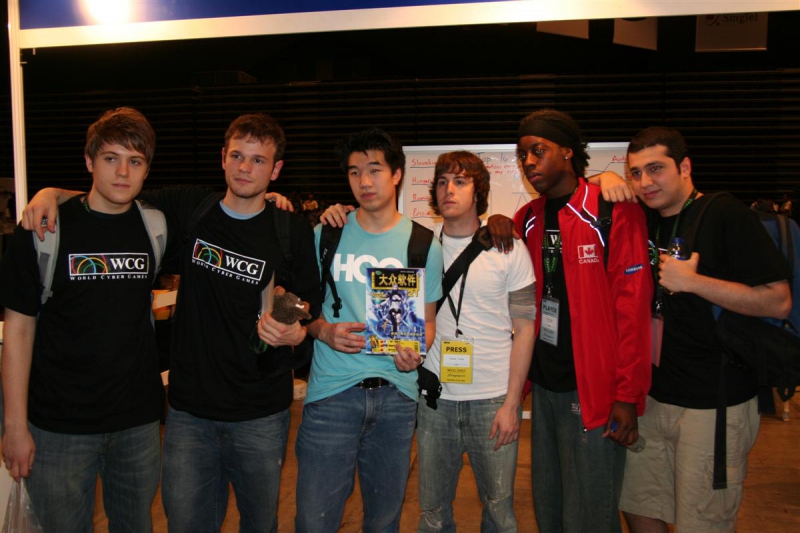
Formerly known as bl00dsh0t, for the earliest portion of his career, Stevenson was one of the best North American players from 2002 to 2006. Despite a couple of noteworthy results, winning a WCG silver medal in 2002 and placing second at the under-whelming CPL Summer event of 2005, Stevenson mainly wallowed away outside of the top eight placings at tournaments, due to playing his entire career with his friends in the Evil Geniuses team. Back then, Evil Geniuses was merely known in CS for their Canadian team which retained the same core of players for a fairly long stretch of years.
Stevenson was a player who did not want to leave the comfort of playing with his friends to venture off and try and become a world beater with teams of better North American players, despite receiving a number of offers from high profile teams like Team3D. The reason for those offers, is that Stevenson was very much a "complete package" kind of player: calm under pressure, famous for winning 1vX clutch rounds, capable of putting up numbers and good with all of the weapons, even in an area when there was still not much crossover between riflers and AWPers.
In CS:GO, a game more predicated upon skill than team-play and tactics, Stevenson would have been forced out of his comfort zone if he had attempted to compete in the pro scene. On a team of other skilled players, Stevenson's all-around game could have yielded something akin to what we've seen from shox at his peak, able to impact the game in all facets. That Stevenson hails from North America would only have made it that much sweeter, as that scene still longs for more skilled players who are capable of performing under pressure.
9. Johan 'face' Klasson
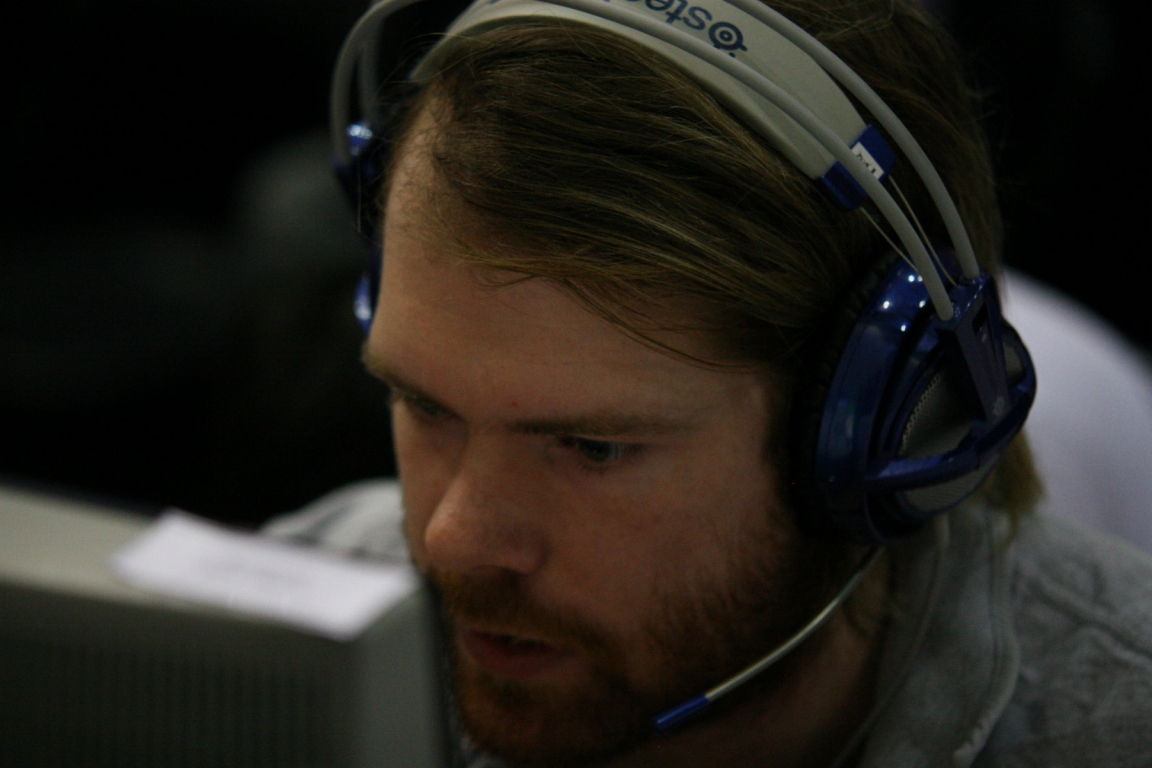
face did try his hand at CS:GO, but briefly and without results of any significance. Early on he was considered for NiP, but passed over, and had a short period of time with the multi-national mTw line-up, eventually being replaced entirely. Despite that, face's skillset should have put him in a very good position to be a CS:GO pro, had he been possessed of the requisite drive and desire to become one.
face was known for being one of the best reactive thinkers in 1vX clutch round situations, always able to mentally construct a plan to get the first kill, then reset and re-analyse the situation to craft the right approach to securing a second or third kill, depending on the situation he was presented with. In terms of aim, he had both very good spray and burst aim, so his colt and AK should have been up there. Finally, he was a good proponent of the tapping style of USP firing, so his pistols could have been a significant factor on both ecos and pistol rounds.
In face's case, I got the sense he was a victim of both the latter day mentality of the 1.6 pros and the early CS:GO pros. In the end of 1.6, the pros lived in something of an esports fantasy land, getting paid good salaries, relative to the rest of esports, but with very few media requires and almost no exposure at all into the world of building a fanbase and maintaining a social media presence. This meant that when CS:GO came out, and CS quickly dropped off the esports radar as a major game, many of the old pros simply lost any remaining motivation as they saw their opportunities and salaries fall considerably.
In terms of the early CS:GO scene, there was also confusion amongst the pros over who would be able to transition and was good. Even if you were good at the end of 1.6, if you were seen to have any weaknesses early on, then some of the former Source players and teams may simply assume you weren't going to be a significant player and move on to try out a different talent. Had there been major events from the launch of CS:GO, it may have been a different story for face and his kind.
8. Roman 'roman' Ausserdorfer
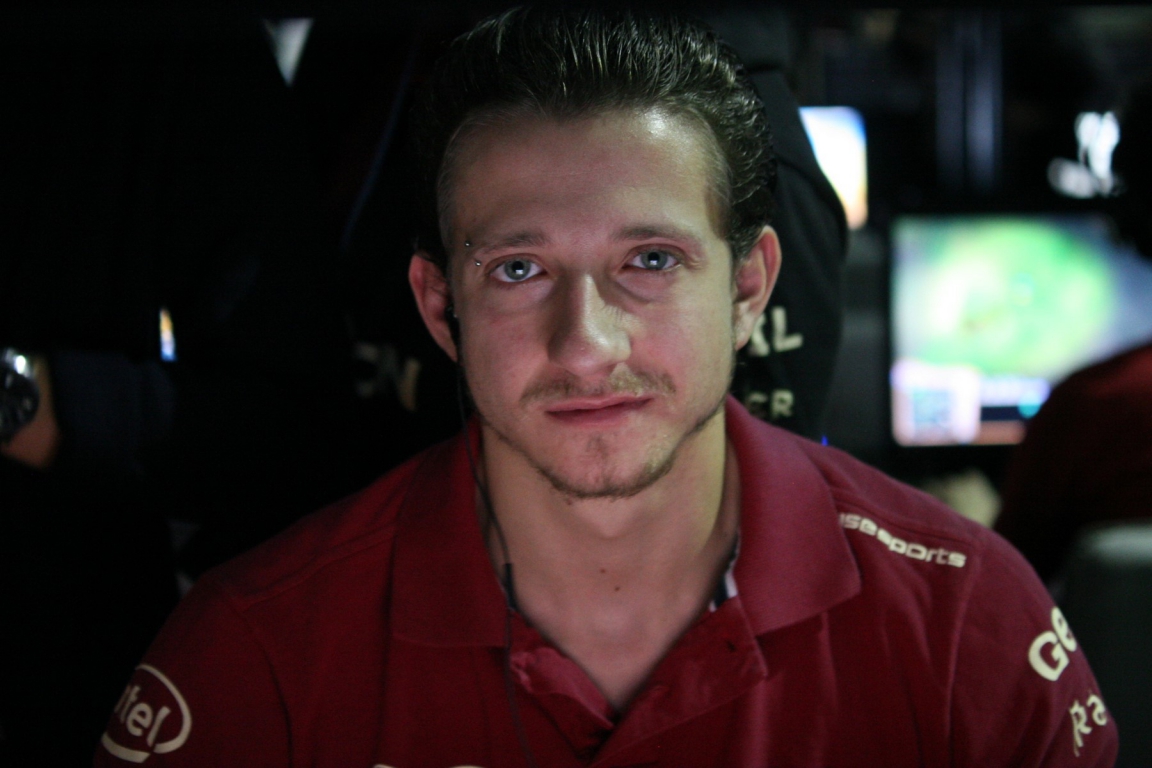
Despite being a consistently top tier region in the European CS 1.6 landscape, Germany seemed to produce entire teams, as opposed to individually genius players. roman was the player who, for a time at least, seemed to be able to match up with the geniuses of the other European regions. During his time in aTTaX, this guy was a real monster against all levels of competition, able to perform against even the likes of f0rest, NEO and REAL. His time in mousesports was less impressive, but he remained a top player domestically.
roman was a player who was, during his aTTaX time at least, seemingly unshaken by competing against the other world class talents. His aim was impressive, particularly his first couple of rifle bullets, and his pistols were deadly, including his deagle, a strangely effective weapon for Germans, in terms of Western European countries.
roman had bowed out of 1.6 before CS:GO ever came along, so the world will never know what the promised genius prodigal sun of Germany could have produced in the new game.
7. Lee 'bail' Sung Jae
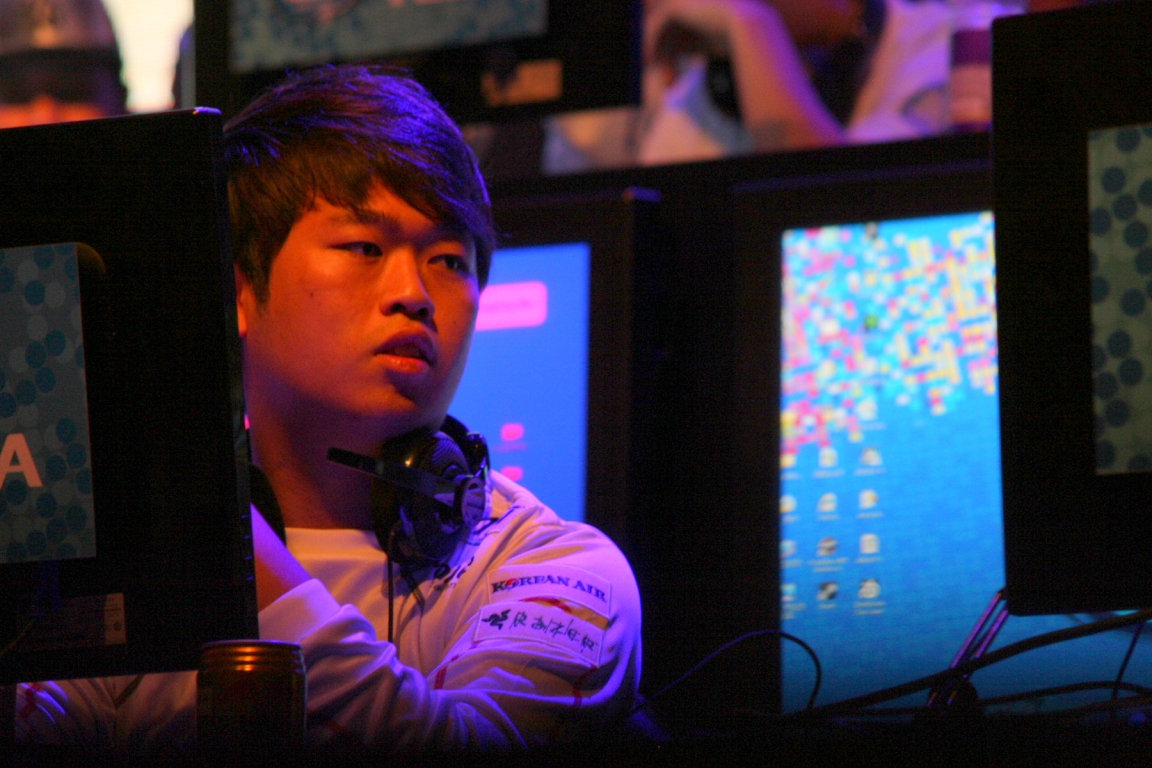
When we talk about the best Counter-Strike players from South Korea, the first names out of everyone's mouths will be the likes of Solo, enemy and maL, but the player whose skillset and style would have fit CS:GO the best was project_kr/eSTRO/WeMade FOX player bail. Known for being an explosive, streaky and aggressive player, bail would have been well within his comfort zone playing alongside the likes of dupreeh, ANGE1 and friberg in CS:GO. It certainly doesn't hurt that he had an incredibly volatile pistol game too, with CS:GO rewarding great pistol play even more heavily than 1.6.
6. Navid 'Kapio' Javadi
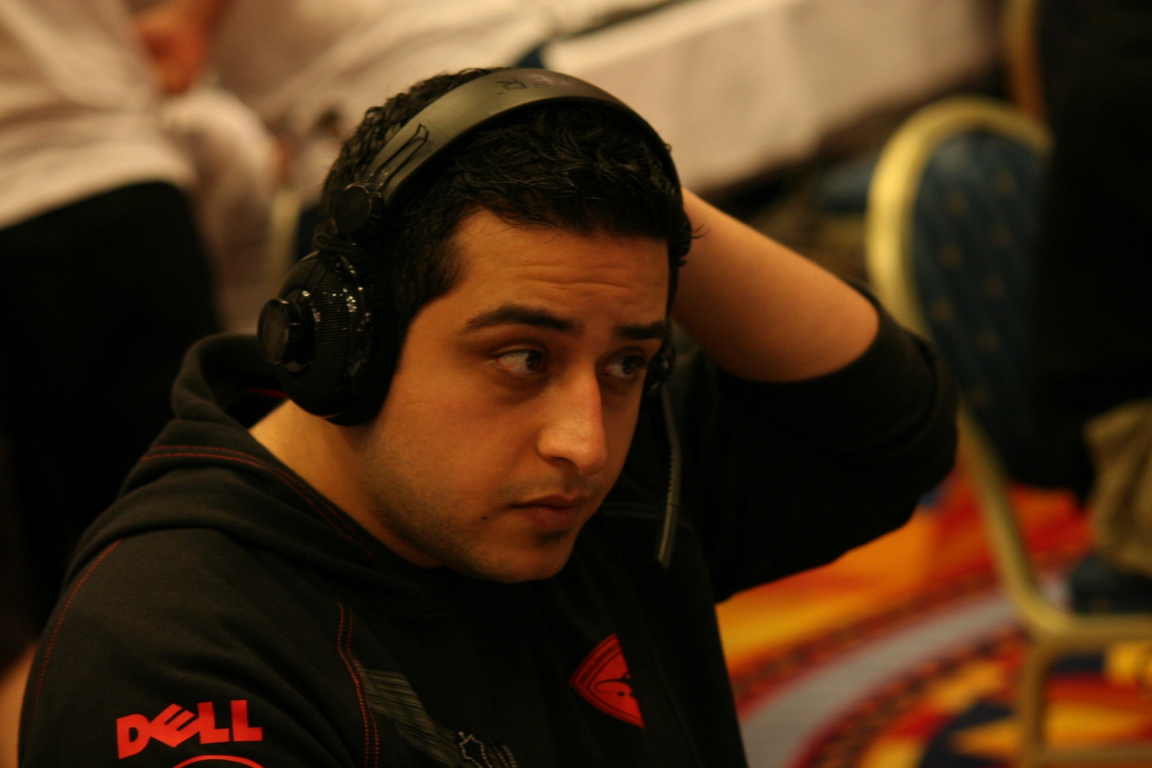
Before roman's appearance, Kapio looked like the consensus best player Germany would produce. The former aTTaX man was skilled with all of the weapons and held his preferred CT positions with a resolute strength. Kapio was an all-around talent, good on all maps, with all weapons and on both sides of each map. He wasn't a monster in terms of raw skill, but his skill paired with his technique made him a powerful player during his era.
5. Liu 'savage' Bin
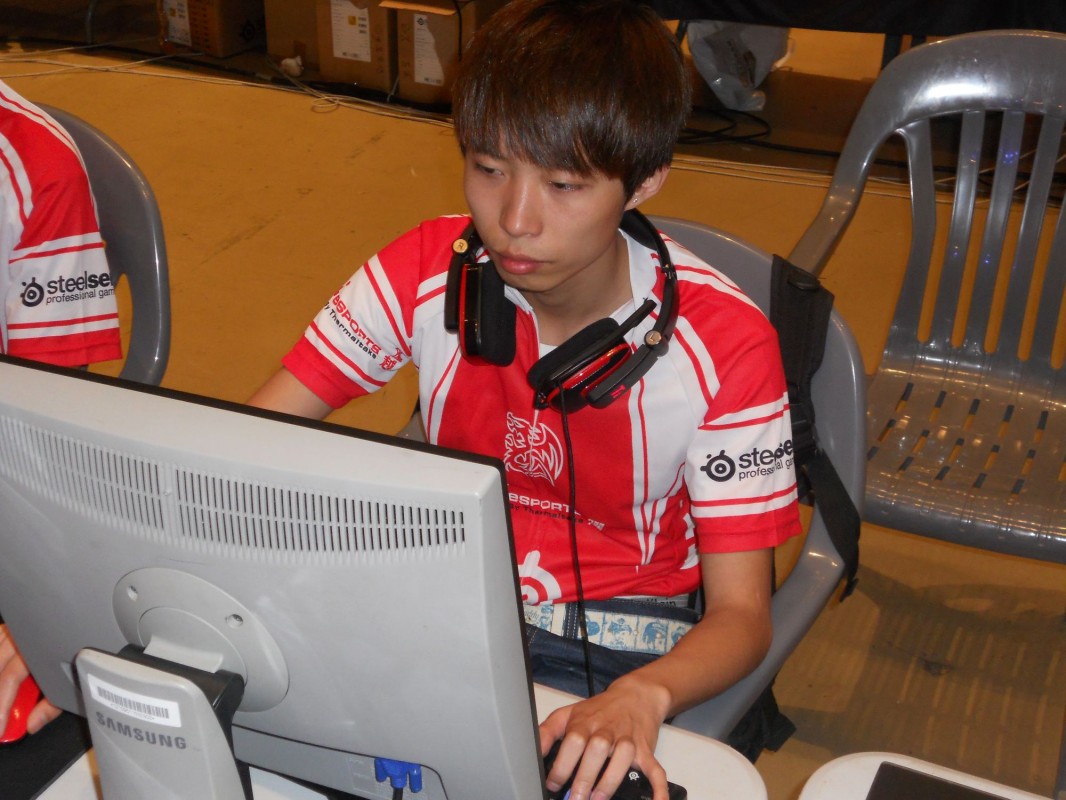
China looked for so long as it if had only produced one truly great player, in the former wNv.cn star Jungle, but then along came savage, in the latter years. As the years of CS 1.6 counted down towards the end, savage seemed to grow stronger and stronger, despite Western fans getting fewer opportunities to see him in action. This was both an all-around monster talent and a player who went off in big games against the better European teams.
Amazing with every weapon, savage was a powerful AWPer and could have dominated CS:GO games with his speed and accuracy firing the sniper rifle. With China having essentially no impact in modern day CS, partly due to the free-to-play craze which dominates their region in the FPS sector, it would have been fun to see what savage could have done in a game which even more greatly skewed towards raw skill.
4. Kyle 'Ksharp' Miller
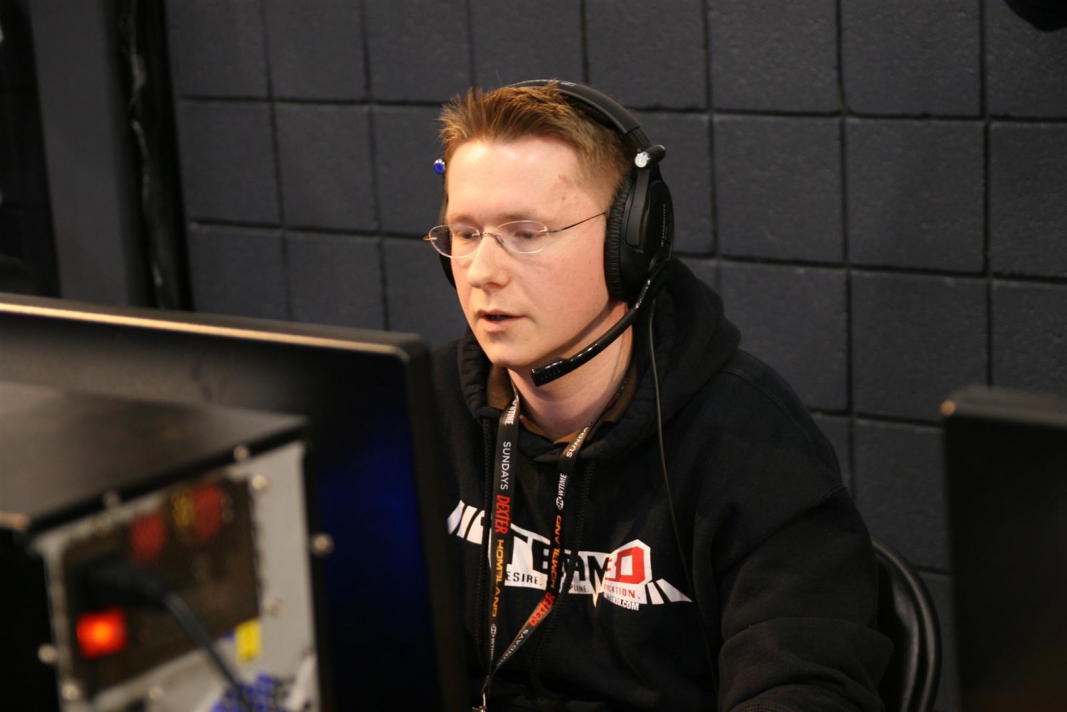
The original highlight move player, seemingly every single Ksharp demo was a mini-fragmovie in itself own right waiting to happen. Famed for his quick-scoping, fast AWPing skills and his deagle switching, Ksharp was a high impact, flashy fan favourite for the entirety of his career in CS, even if he only truly lived up to that reputation in the early years. In CS:GO, Ksharp's reduced performance level at offline events would have meant he would not have been the titan many remember him as, but CS:GO's AWP could have put plenty of video clips on the HLTV.org front page thanks to Ksharp.
3. Christoffer 'Sunde' Sunde
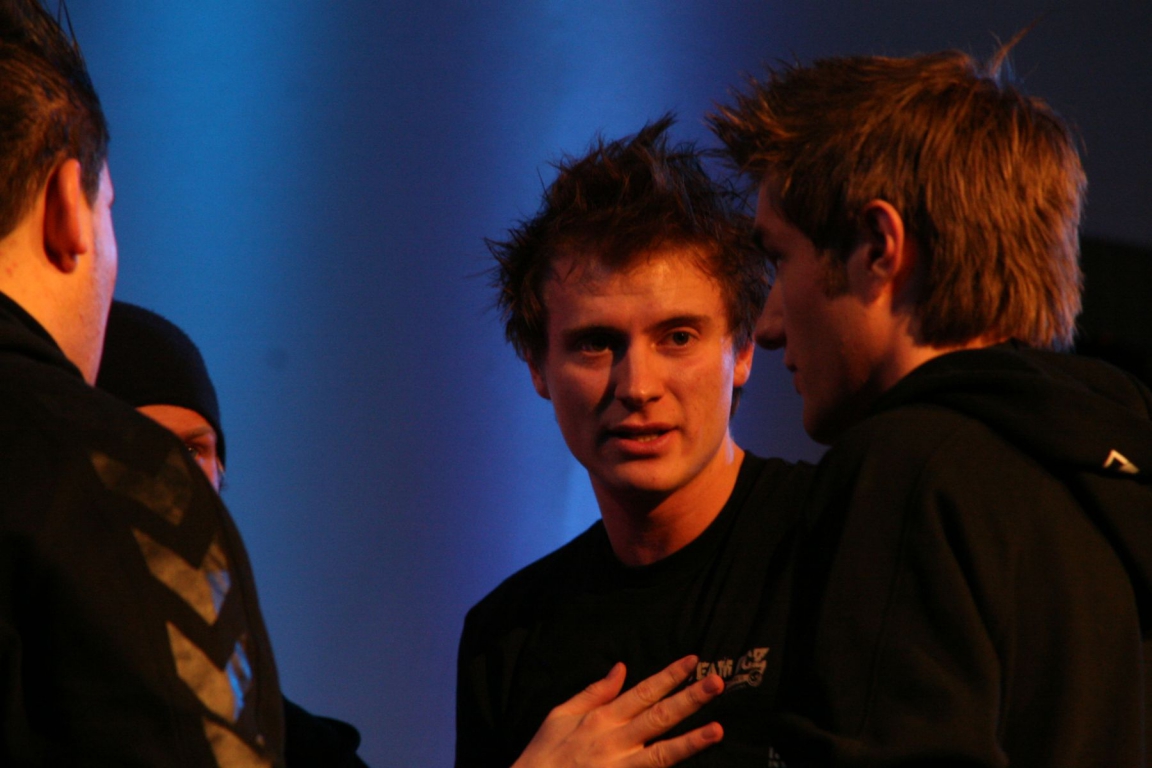
Speaking of players who were seemingly built to play with the CS:GO AWP, we arrive at Sunde. The Danish AWPer was originally known as a rifler, joining mTw and helping them to two major finals in 2007. When they removed primary AWPer hpx and put in Sunde, who instead preferred a flick-shot angle-holding style, as opposed to hpx's consistent and tracking-based style, that mTw really became effective as a championship level team.
Sunde's approach was both skill-based and tactics-centric, as mTw's in-game leader, ave, would place the AWPer in positions to pick off an opponent and then move him to another part of the map, confusing opponents and maximising the effect of the Danish team's intrictate tactics. ave was an incredible mid-round caller and Sunde was the weapon he used to carve up opposing teams. In CS:GO, Sunde could have gone up against the likes of kennyS and Guardian with his AWPing speed, even if he wouldn't have been quite at their level for overall precision and all-around sniper usage.
2. Rasmus 'Gux' Ståhl
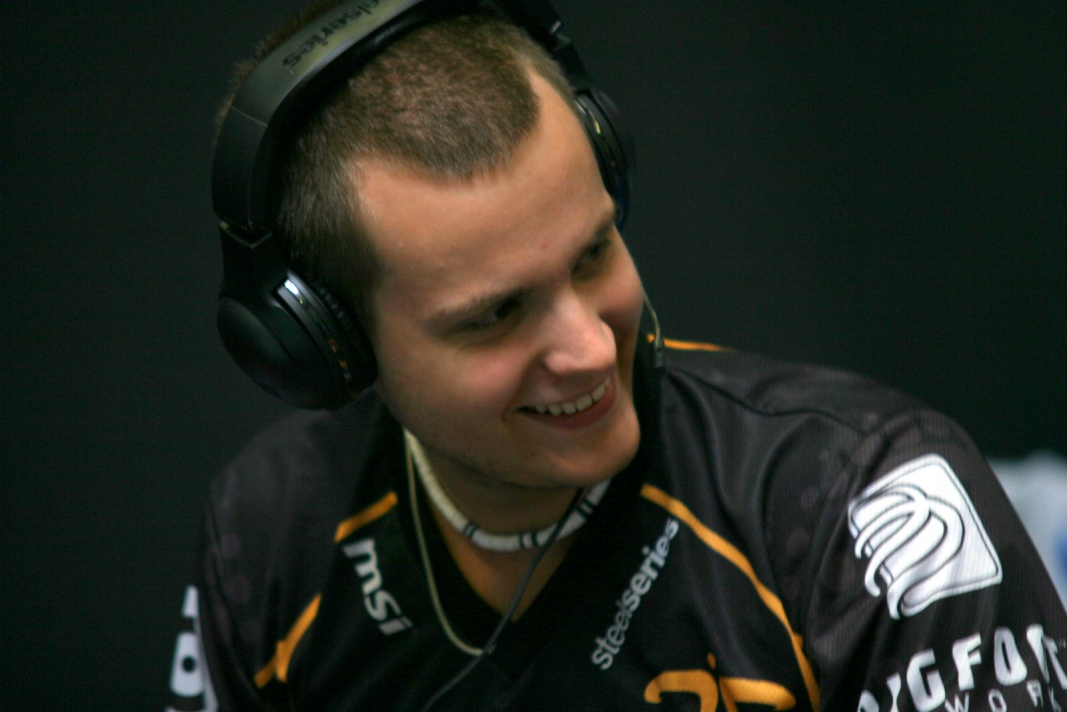
CS:GO not only skews towards the skilled aimers, but rewards the aggressive riflers who want to force trades and dictate entry angles into sites. That immediately suggests GuX, the man who presided over two periods of dominance for fnatic 1.6 teams. GuX was easily the most aggressive elite level player of his generation, a trait not often associated with Swedish players. Most famous for his ramp room pushes on nuke, where he could throw off even veteran CT player NEO, GuX was an offensive snowball that kept rolling over opponents until they could shut him down enough to disrupt his mentality.
In CS:GO, GuX could have been a monster playing in teams like Virtus.pro or the new fnatic line-up, with fast reactive aggression the name of the game.
1. Max 'ruuit' Aspe
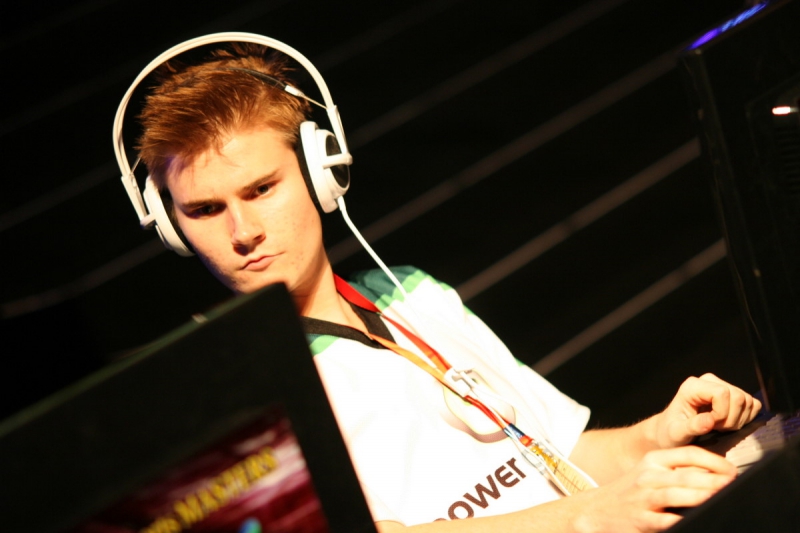
Technically, ruuit has been playing CS:GO, at least recently, but so far with nowhere near the commitment necessary that we can say he can reasonably tried to become a CS:GO pro. ruuit's skill level was one of the highest in 1.6 history, but his primary quality was an incorrigible aggression. On the terrorist side of a map, ruuit was going to run into a site and kill everyone or end up dead, there was no inbetween ground to be found.
On the CT side, his aggressive tendencies took no respite, as he would regularly push again and again on positions, forcing battles with the waiting terrorists. Even if he killed two or more opponents, nothing could stop ruuit continuing to push on to get the rest of the skills or die trying. Unlike most pros, death early on in those pushes seemingly had no effect on ruuit's desire to push, as he had an unshakeable confidence that the kills would come. While I would argue he took his approach to too much of an extreme, it's obvious to see both a strength and weakness intertwined in that way of playing the game.
At his best, ruuit was a one man army, who could single-handedly win his team a game. The problem was that at his worst he could also single-handedly lose his team a game. In CS:GO, Finland still looks for star players, with allu being their only offering so far, as others either refuse to dedicate enough time or can't match up with the best from the rest of Scandinavia. In ruuit, they could have a true star, if he would embrace the game and find the time.
Photo credits: fragbite, SK Gaming
Got a news tip or want to contact us directly? Email news@gamespot.com
Join the conversation